QRCode
Latest
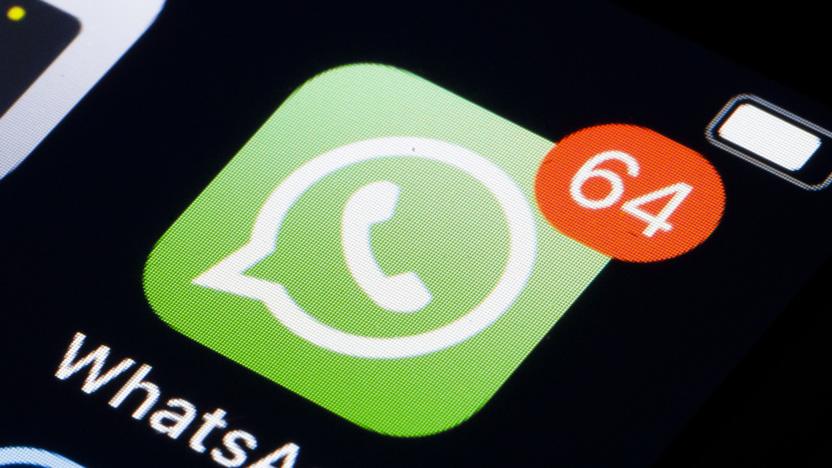
WhatsApp test lets you add contacts with QR codes
The days of typing in people's numbers to message them is coming to an end.
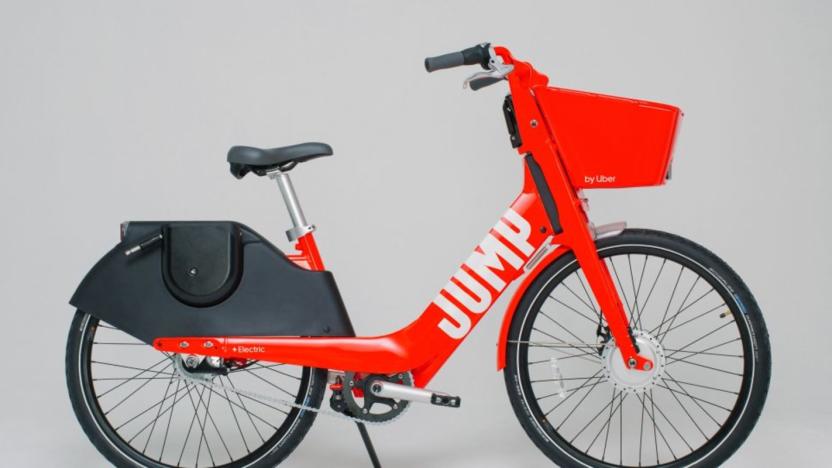
Uber's new Jump e-bikes have swappable batteries
Jump is giving its eye-catching red e-bikes an overhaul. It will launch an updated version in the New Year with a raft of new features, including a holder for your phone (useful for turn-by-turn navigation) and a retractable cable lock, which should make it easier to secure the bike.
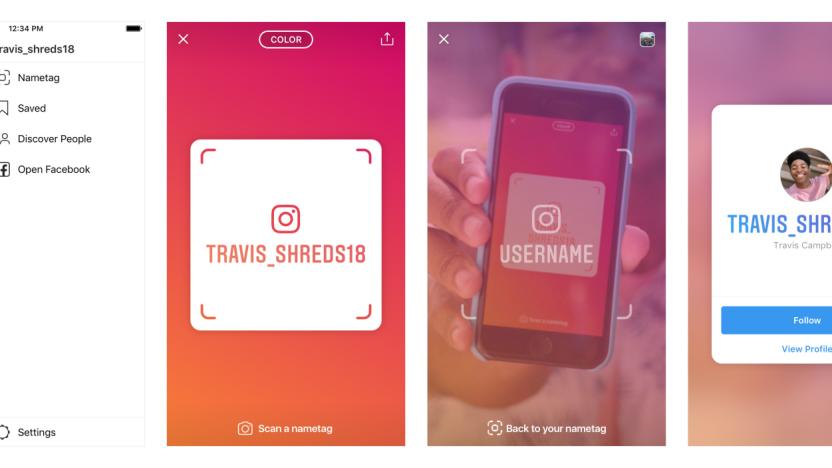
Instagram uses Snapchat-like tags to make adding friends easier
Instagram has yet another answer to Snapchat, but this time it's covering one of the basics: namely, adding friends. Months after it started testing, the social network has introduced "nametags" that make friend additions as simple as pointing your camera at a code, much like Snapcodes. Once you've created a nametag (complete with colors, emojis and selfies), your soon-to-be pal just has to launch the camera and hold down on the screen when the tag is in view. From there, they'll receive options to either follow straight away or view the profile. You can share nametags with others through text messages or other social platforms if you're trying to build as wide an audience as possible.
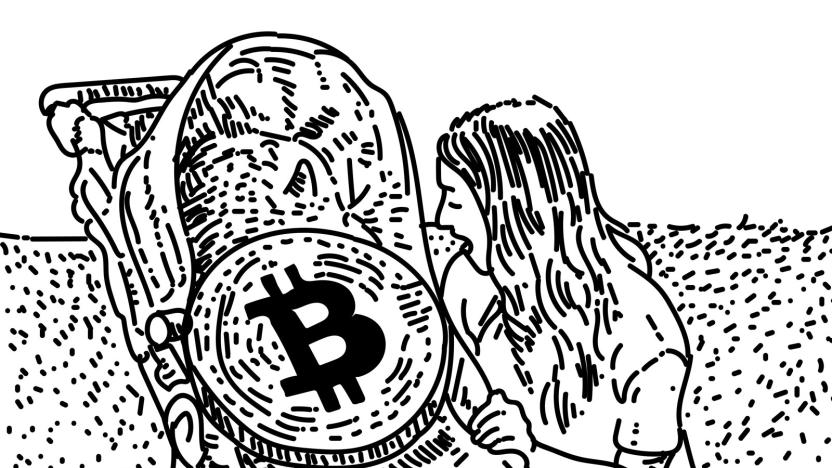
The first ‘blockchain baby’ is here
When you read the news that they put a baby on the blockchain, your reaction makes you one of two types of people. Either you think, Mon dieu, is there anything the magical fairy dust known as blockchain can't solve? Or you think: Surely, this is child abuse. For the past few years, techies have frothed and proselytized over the potential salvation of blockchain, the tech behind cryptocurrencies like Bitcoin. So it's hard to even know what babies and blockchain could even have to do with each other. Typically, outside of grifter circles, blockchain is associated with vaporware, shady fraudulent ICOs or solving things that aren't suited at all for blockchain's "distributed ledger" system. Oh, and largely solving things that aren't even problems.
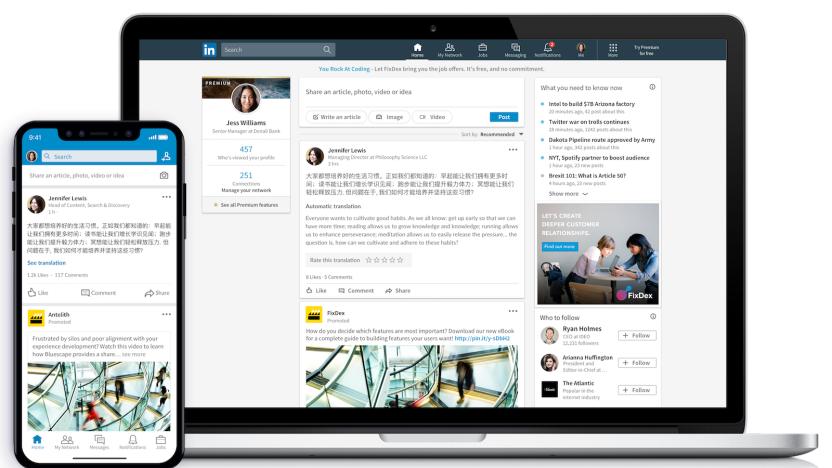
LinkedIn adds QR codes to make sharing your profile easier
LinkedIn is introducing two new features that will make the product more functional for its users. First, LinkedIn will now let you connect through QR codes. In the LinkedIn app, tap the QR code icon in the Home tab's search bar, and there you'll see a QR scanner as well as your own code. Scanning others' codes or uploading an image of one from your phone will take you to that user's profile and you can share your own code through messaging apps and email or add them to websites, email signatures, your resume or event materials like brochures, badges and lanyards.

Android malware found inside seemingly innocent QR code apps
Google is getting better at keeping Android malware out of the Play Store, and that's leading attackers to use more sophisticated disguises for their rogue apps. SophosLabs has proof: it just detailed a recent ad-spawning malware strain, Andr/HiddnAd-AJ, that slipped into Google Play through innocent-looking QR code and compass apps. While that's nothing new by itself, the malware used a pair of tricks to feign innocence. The hostile code was buried in what looked like a regular Android programming library, and it didn't kick in until 6 hours after you've installed it.

Amazon's QR-like 'SmileCodes' are the key to discounts and Lockers
Amazon will start rolling out its own version of QR codes, TechCrunch reports. Called SmileCodes, they function just like a typical QR code -- scan it with your phone and see where it leads -- but they'll only be scannable through the Amazon app and, naturally, they feature the very recognizable Amazon smile right in the center. According to TechCrunch, Amazon has been piloting them for the past few weeks in pop-up shops and Amazon Lockers in Europe and next month, SmileCodes will hit the US. They'll debut in magazines such as Cosmopolitan and Seventeen.
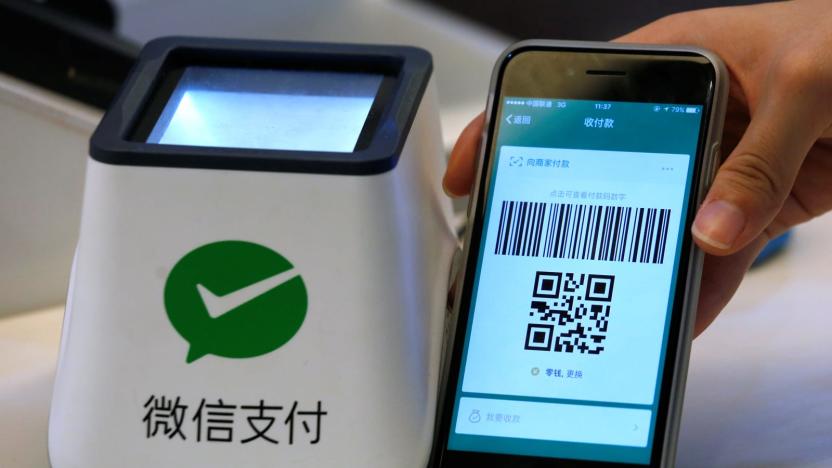
China will cap QR-code payments to tackle fraud
China's central bank is issuing regulations over QR-code-based payments. Paying for things by scanning a barcode with the Alibaba or WeChat app is more common than using cash in the region and now the government wants to keep closer tabs on where the money is going. You might laugh at the idea, but QR codes aren't the punchline in the east that they are here. For instance, plenty of cabbies prefer taking QR payments because it means they don't have to handle small change.
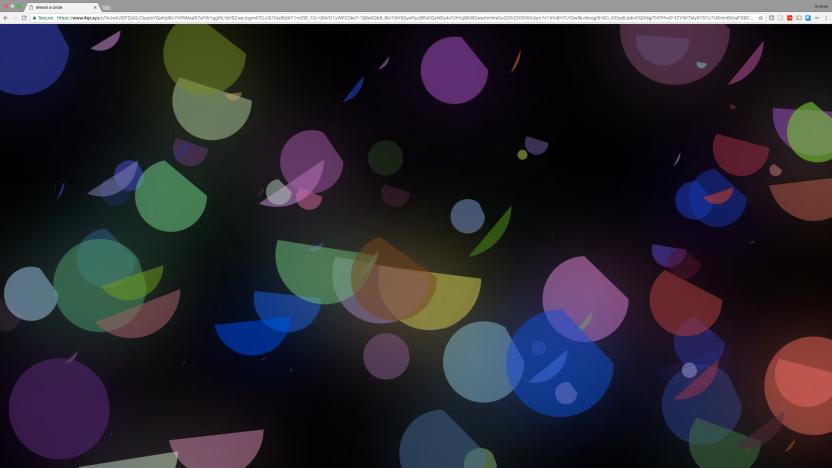
How to hide tiny artworks in your URLs
We all know the humble URL; it tells the internet where we want to go. But, as digital artist Alexander Reben discovered, it can do so much more. It turns out that entire webpages can live within its character string -- you just need to know how to build them. Reben does, and has been using a technique he developed to hide tiny works of art -- like digital treasure chests -- in your browser bar.
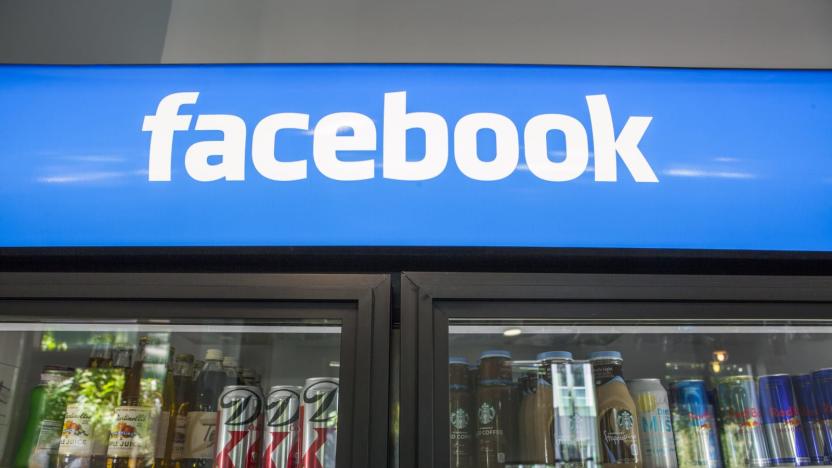
Facebook tests in-app store loyalty programs
Facebook doesn't just want you to tap on ads -- it wants you to head to the store. TechCrunch has learned that the social network is testing a Facebook Rewards loyalty program that offers perks when you scan a personal QR code (tucked within the Facebook mobile app, naturally) at an eligible store. It's just a "small test," according to the company, and there's no certainty that it'll become widely available. However, there are more than a few incentives for Facebook to make Rewards widely available.
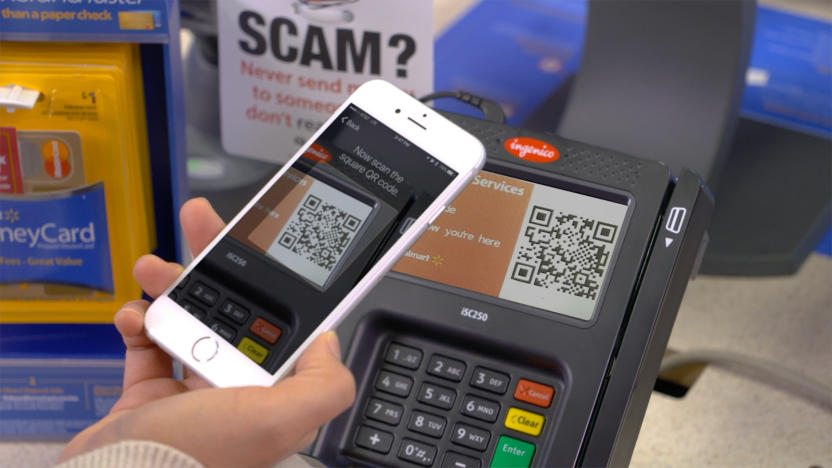
Walmart's new app helps you skip store lines
Walmart doesn't just want its mobile app to speed up your checkout -- now, it might help you avoid lines altogether for certain services. An upgrade to the app has introduced "express lane" services for both prescription pickups and money transfers. Once you've filled in a medicine or money transfer order on your phone, you just have to waltz up to the appropriate store counter, scan a QR code with the app and complete your business.

Snapchat now creates QR codes for web links
Remember the days when you were supposed to share websites between phones using QR codes? They're back, but with a modern twist. Snapchat is updating its mobile apps (iOS at first, with Android still in beta) with the ability to create Snapcodes for websites, not just your profile. If you want to share an article or plug your favorite page, your friends only have to capture it to start browsing from within the app.

Chase Pay's QR code-powered app only works at two stores (updated)
Retailers spent years trying to develop a mobile payment system capable of competing with Apple Pay and Android Pay, and at last, CurrentC has arrived. It's come in the form of the Chase Pay app, which allows customers of the bank to use its QR code-powered transactions at exactly two retailers: Best Buy and Starbucks (Walmart will join the list in 2017). Ever since its unveiling, the system has faced charges that it exists to benefit retailers instead of customers, and there's very little here to make us recommend using it over any other mobile payment service.

Mercedes gives first responders an AR view of its cars
Only advertisers love QR codes, but Mercedes-Benz actually made them useful in the real world. By putting the codes on the B-pillars and gas doors of its vehicles, firefighters can use its Rescue Assist app and quickly figure out how to help folks involved in an accident. The automaker made the latest version easier to use by adding augmented reality (AR) and 3D visualization features. That lets first responders see dangerous components -- like fuel lines and high-voltage components in electric and hybrid cars -- overlaid on the real-world vehicle, Pokémon-style.

Walmart Pay arrives in 14 more states (update)
When Walmart talked about a wide national release of its mobile payment service before the start of July, it wasn't kidding around. Walmart Pay has launched in 14 more states on top of a slew of rollouts earlier in the month -- it's not quite ubiquitous (we count 33 states plus Washington, DC), but it's close. This latest deployment includes heavily populated states like California, New York and Washington, so you're far more likely to use your Android phone or iPhone to shop at the big-box retail chain.

Cracker Jack ditches toys in favor of augmented reality
Ah yes, Cracker Jack. The classic American snack food and ballpark staple that offers the thrill of finding a cheap plastic toy at the bottom of the box. Well, I should say offered, since PepsiCo's Frito-Lay division is modernizing snacking by nixing the toy in favor of a "baseball-inspired mobile digital experience." What does that mean exactly? Rather than unwrapping a plastic figurine or trinket, you'll find a sticker that you scan with your phone's camera to "bring the ballpark to life" with a mobile game or photo treatment. Oh yeah, you'll have to download the Blippar augmented reality app first.

Walmart wants you to pay through its mobile app
Never mind Android Pay and Apple Pay -- Walmart would rather you use its own mobile payment service. It's launching Walmart Pay (how creative!), a payment system that has you scanning QR codes within its app to make purchases. It's not the most elegant method as a result, but the upshot is an approach that works on most phones, in any checkout lane, with any major payment card you have. And despite what it looks like, Walmart swears that this isn't meant to muscle out other mobile payment services -- they could be integrated "in the future."

Vodafone turns to QR codes for 'simpler' pay-as-you-go top-ups
QR codes look like they're really starting to catch on, and Vodafone's not one to turn down a reserved seat on the bandwagon. As part of a new trial, the UK carrier has teamed up with mobile payments renegade PowaTag so pay-as-you-go customers can top up their balances with just a quick scan of a QR code. All you need is the PowaTag app for Android and iOS, a linked payment method, and the desire to go hunt down a compatible QR code. It shouldn't be too advanced a game of hide-and-seek, though, since you'll find the codes on posters and such at Vodafone, Argos, Tesco, Co-op and BrightHouse stores, with Asda, Sainsbury's and Wilko joining the party next month. Once located, you scan the code, select a top-up amount and Bob's your uncle. As Vodafone puts it: "topping up really just got that easy." Easier than topping up online, through the Vodafone app, over the phone or at cash points? Hmmmm, OK...

Propose to your beloved with this bitcoin engagement ring
Much like the idea that Santa Claus wears red, the notion that you should spend a fortune on a diamond engagement ring is the invention of advertisers. So, since the act is already about ostentatious displays of wealth, why not invest your money in something more useful than a big rock -- like bitcoin? That's the idea behind the bitcoin ring, a 3D-printed piece of jewelry with a QR code that lets anyone with the corresponding app see how much cash you've really got.

Alibaba hopes visual codes will fight counterfeit goods
As you may have heard, Alibaba has a problem with counterfeit goods among its merchants -- you may not know if that Gucci bag is fake until it's too late. The Chinese online shopping giant may have a way to fight these bogus wares, though. It's implementing Visualead's Dotless Visual Code to help you verify your purchases as soon as you get them home. All you do is scan the QR-like symbol using Alibaba's Taobao app, and it'll tell you if you bought the real deal. These codes only work once and require specially developed scanning software, so scammers can't simply rehash codes or write apps that claim their products are legit.










